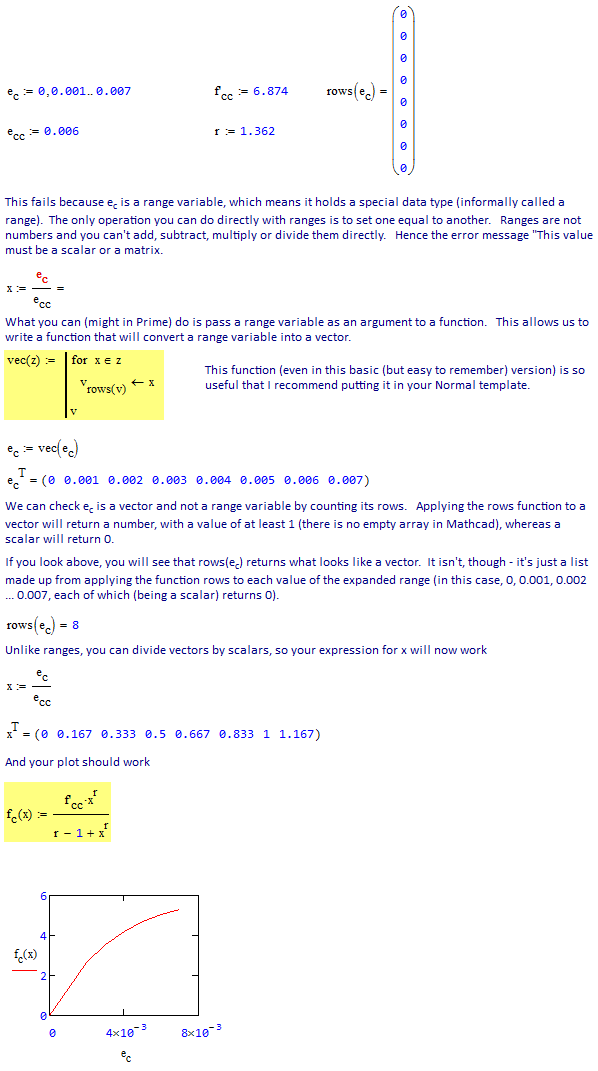

As sample sizes increase, sample means cluster more closely around the true mean.Īs is indicated by the example math above, the sample size affects the standard error (scales with the square root of the sample size), as well as the variance. The sd() method takes a numeric vector as input and computes the standard deviation.
#How to calculate standard error in r how to
If you’ve got a large standard error, your statistic is likely to be less accurate. How to Calculate Standard Error in R We can calculate Standard Error in three ways in the R language, as shown below. The standard error tells you how accurate the mean of a given sample is relative to the true population mean. It is important in a test or experiment that you use a random sample method to get the most accurate data point model, so that your barplot or other data model example is the most accurate, and closest to a normal distribution.

This statistic is commonly included in summary statistics and descriptive statistics views. For my own understanding, I am interested in manually replicating the calculation of the standard errors of estimated coefficients as, for example, come with the output of the lm() function in R, but haven't been able to pin it down. This is generated by repeatedly sampling the mean (or other statistic) of the population (and sample standard deviation) and examining the variation within your samples. The standard error of a statistic is the estimated standard deviation of the sampling distribution. 1.519607 Uses of the Standard Error in R > sd(product_tests, na.rm=TRUE)/sqrt(length(na.omit(product_tests)))


 0 kommentar(er)
0 kommentar(er)
